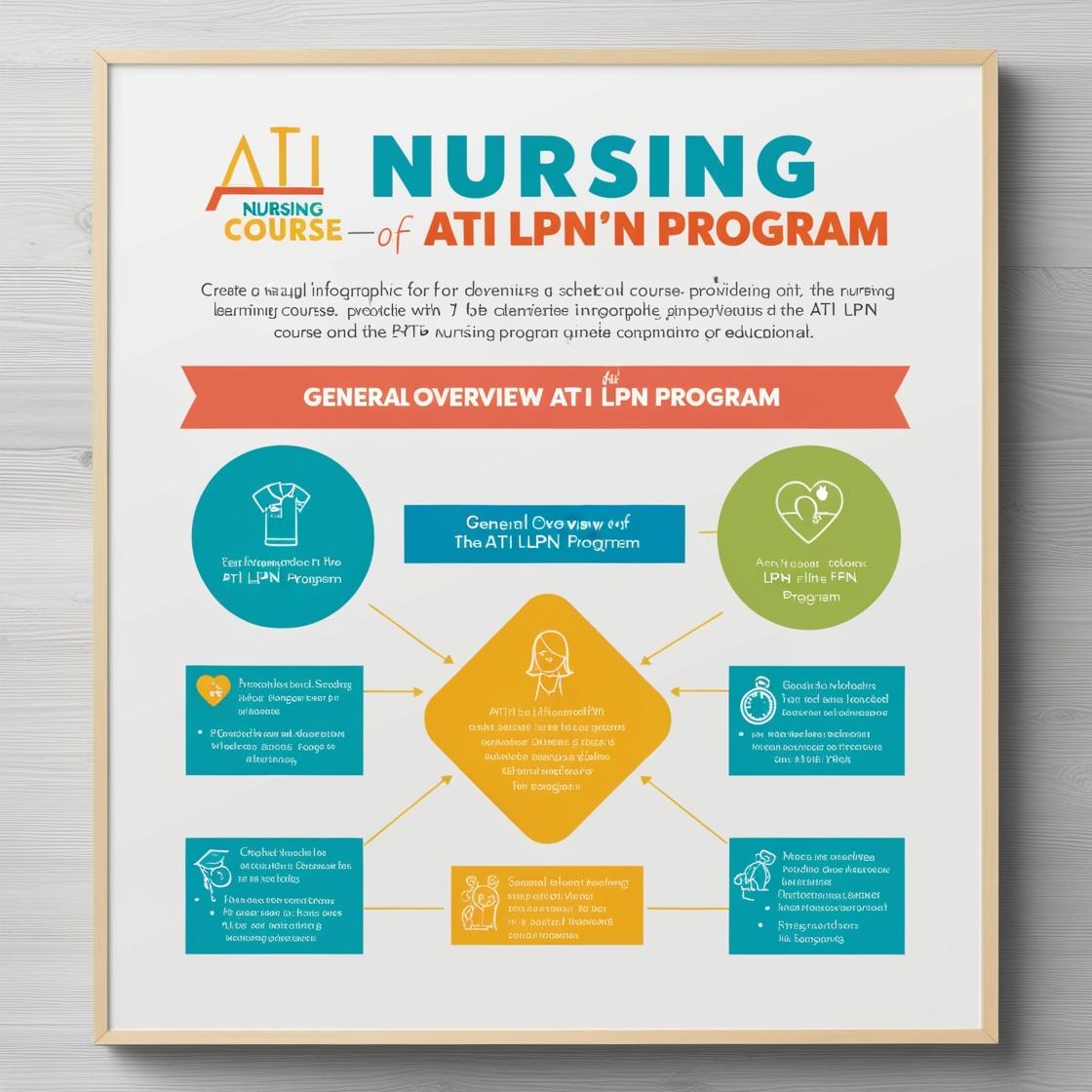LPN LPN
ATI Mental Health Questions
1. Carolina is surprised when her patient does not show for a regularly scheduled appointment. When contacted, the patient states, “I don’t need to come see you anymore. I have found a therapy app on my phone that I love.” How should Carolina respond to this news?
- A. That sounds exciting; would you be willing to visit and show me the app?
- B. At this time, there is no real evidence that the app can replace our therapy.
- C. I am not sure that is a good idea right now; we are so close to progress.
- D. Why would you think that is a better option than meeting with me?
Correct answer: A
Rationale: Carolina should respond by showing interest in the app, as it can help maintain the therapeutic relationship and provide an opportunity to evaluate the app's effectiveness together. By asking the patient to visit and show the app, Carolina demonstrates openness to exploring new tools that the patient finds helpful, while also ensuring that the patient's well-being remains a priority. This approach fosters communication, allows for a collaborative discussion on how the app fits into the patient's treatment plan, and may potentially address any concerns or misconceptions the patient has about the app replacing traditional therapy.
2. Luc’s family comes home one evening to find him extremely agitated, and they suspect he is in a full manic episode. The family calls emergency medical services. While one medic is talking with Luc and his family, the other medic is counting something on his desk. What is the medic most likely counting?
- A. Hypodermic needles
- B. Fast food wrappers
- C. Empty soda cans
- D. Energy drink containers
Correct answer: D
Rationale: The medic is most likely counting energy drink containers. Energy drink containers could indicate high caffeine intake, which can exacerbate manic episodes by increasing agitation and exacerbating symptoms in individuals with mood disorders.
3. The school nurse has been alerted to the fact that an 8-year-old boy routinely playacts as a police officer, 'locking up' other children on the playground to the point where the children get scared. The nurse recognizes that this behavior is most likely an indication of:
- A. The need to dominate others
- B. Inventing traumatic events
- C. A need to develop close relationships
- D. A potential symptom of traumatization
Correct answer: D
Rationale: When an 8-year-old boy engages in playacting as a police officer that instills fear in other children, it can be indicative of a potential symptom of traumatization. This behavior may reflect the child's attempt to process or express experiences of trauma, leading to a manifestation of such distress in his play interactions with others.
4. Ted, a former executive, is now unemployed due to manic episodes at work. He was diagnosed with bipolar I 8 years ago. Ted has a history of IV drug abuse, which resulted in hepatitis C. He is taking his lithium exactly as scheduled, a fact that both Ted’s wife and his blood tests confirm. To reduce Ted’s mania, the psychiatric nurse practitioner recommends:
- A. Clonazepam (Klonopin)
- B. Fluoxetine (Prozac)
- C. Electroconvulsive therapy (ECT)
- D. Lurasidone (Latuda)
Correct answer: D
Rationale: Lurasidone (Latuda) is an atypical antipsychotic medication commonly used in the treatment of bipolar disorder. It can help manage symptoms of mania by stabilizing mood and reducing the intensity of manic episodes. Given Ted's history of bipolar I disorder and the need to address his manic symptoms, Lurasidone (Latuda) is a suitable recommendation by the psychiatric nurse practitioner to aid in managing Ted's condition effectively.
5. What assessment question will provide insight into the effects of a woman’s circadian rhythms on her quality of life?
- A. How much sleep do you usually get each night?
- B. Does your heart ever seem to skip a beat?
- C. When was the last time you had a fever?
- D. Do you have problems urinating?
Correct answer: A
Rationale: Inquiring about the amount of sleep a woman gets each night is crucial in understanding how her circadian rhythms may be affecting her quality of life. Circadian rhythms play a significant role in regulating sleep-wake cycles, and disruptions in these rhythms can impact overall well-being and quality of life.
Similar Questions

Access More Features
ATI LPN Basic
$69.99/ 30 days
- 50,000 Questions with answers
- All ATI courses Coverage
- 30 days access @ $69.99
ATI LPN Premium
$149.99/ 90 days
- 50,000 Questions with answers
- All ATI courses Coverage
- 30 days access @ $149.99
